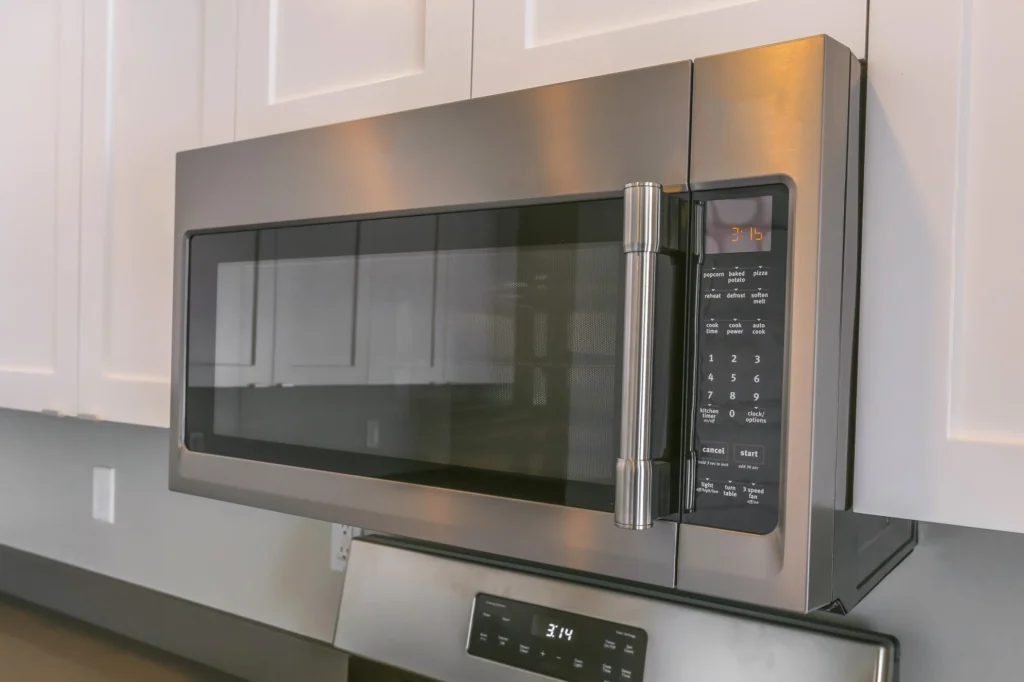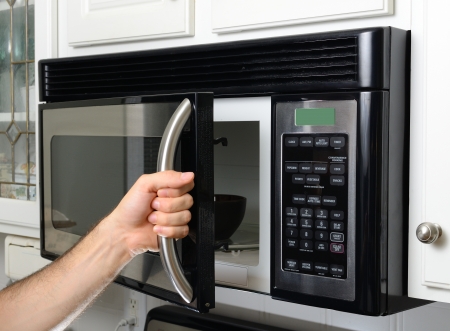When to Replace a Microwave: Signs, Safety Tips & Expert Advice
If your microwave is showing physical wear or simply isn’t performing like it used to, this guide will help you recognize the signs that it’s time to replace a microwave, understand why timely replacement matters, and know what features to look for when buying a replacement.
A microwave is one of the most-used appliances in many households, relied on for everything from reheating leftovers to preparing quick meals. But like all kitchen equipment, it doesn’t last forever. Knowing when to replace your microwave is essential—not only for maintaining efficiency but also for ensuring safety in your home.
How Long Does a Microwave Last?
On average, most microwave ovens last between 7 and 10 years. With proper care and light usage, some units may function beyond a decade, but wear and tear typically reduce performance and increase the risk of malfunction. High usage, frequent slamming of the door, or overloading can shorten a microwave’s lifespan.

Microwave's Replacement Time
1. Age of the Microwave
If your microwave is older than 10 years, it’s probably time to consider a replacement—even if it appears to be working. Over time, internal components degrade, becoming less efficient and potentially hazardous. Older models also lack modern energy-saving features and may not comply with updated safety regulations.
➡️ Tip: If your unit is over 10 years old and repairs are becoming more frequent, investing in a newer model can save time, money, and energy.
2. Food Heats Unevenly or Slowly
One of the most common signs of microwave failure is uneven heating. If you notice your food is hot on the edges but cold in the middle—or if it’s taking twice as long to warm your meals—your microwave’s magnetron or internal electrical components may be deteriorating. These parts are costly to replace, and continued use could lead to a complete failure.
➡️ Test It: Try heating a cup of water for 2 minutes. If it’s lukewarm instead of boiling, your microwave’s power output has likely diminished.

3. Unusual Noises During Operation
A functional microwave should produce a gentle hum or quiet fan noise. However, grinding, buzzing, crackling, or rattling noises can indicate serious internal issues like a malfunctioning turntable motor, fan failure, or debris in the cavity. These sounds should not be ignored, as they may precede mechanical failure or even fire hazards.
➡️ Warning: Never open the casing to inspect internal parts yourself. Always consult a professional technician.
4. The Door Doesn’t Close Properly
The microwave door is one of its most important safety features. It contains shielding to prevent microwave radiation from escaping during operation. If the door doesn’t shut completely, the latch is broken, or the seal is cracked, your microwave may leak radiation.
➡️ Replace Immediately: Microwave radiation leaks are rare but dangerous. A broken door seal or latch is a top reason to discontinue use.
5. Burning Smells, Smoke, or Sparks
A strong burning odor, sparking inside the microwave, or visible smoke are emergency signs that the appliance should no longer be used. These can be caused by damaged components, metal inside the microwave, or electrical faults. If this occurs, turn off and unplug the unit immediately.
➡️ Tip: Even if the smell disappears, don’t reuse the microwave until it has been inspected—or better yet, replace it.

6. Touchpad or Control Panel Is Malfunctioning
If the keypad becomes unresponsive, numbers don’t register, or the LED screen flickers or goes blank, the control panel may be failing. While some problems may be fixed with minor repairs, the cost often exceeds the value of the microwave—especially in older models.
➡️ Note: Water spills or steam buildup can also damage control boards over time. Protect your keypad and wipe off moisture regularly.
7. It’s Using Too Much Power
A sudden increase in your electricity bill could point to an aging microwave. Older models, especially those without an Energy Star certification, often draw more power than necessary. They also lack energy-efficient features like power-saving modes and inverter technology.
➡️ Upgrade: Modern microwaves are significantly more energy-efficient, helping you save on utility costs over time.
8. The Turntable Doesn’t Rotate
If the turntable no longer spins or only does so intermittently, food may cook unevenly or burn in certain spots. The turntable mechanism involves a motor and coupler that can wear out or fail entirely. In many cases, a faulty turntable is a sign that other internal components are also deteriorating.
➡️ Check First: Ensure the turntable isn’t obstructed. If not, it’s likely a mechanical failure requiring repair or replacement.

9. Excessive Noise or Vibration from the Casing
Some older or damaged microwaves may vibrate or shake noticeably during operation. This could be due to loose internal components, a faulty fan, or structural imbalances in the casing. Not only is this annoying, but it may indicate a potential hazard.
➡️ Don’t Ignore: Ongoing vibration is a precursor to more serious internal damage.
Safety First: Why Timely Replacement Matters
Using a failing microwave can lead to safety risks including:
- Electrical fires from faulty wiring
- Exposure to microwave radiation (rare but possible)
- Short-circuits and sparks
- Overheating that damages surrounding cabinetry
Beyond safety, continued use of an inefficient microwave wastes energy, time, and money. Investing in a new unit improves safety, performance, and long-term reliability.

What to Look for in a Replacement Microwave
When shopping for a new microwave, consider the following:
- Wattage: Look for models with at least 900-1,200 watts for efficient cooking.
- Size: Choose a unit that fits your available space and cooking needs.
- Energy Efficiency: Look for Energy Star-rated models.
- Features: Consider smart sensors, inverter technology, child locks, and eco-mode.
- Warranty: A good warranty indicates quality and provides peace of mind.
Popular brands with high consumer ratings include Panasonic, LG, Toshiba, and GE.
Final Thoughts
A microwave is one of those appliances we often take for granted—until it stops working correctly. By watching for the signs outlined above, you can avoid the inconvenience and danger of a failing unit. Whether your microwave is showing performance issues or simply outdated, replacing it at the right time ensures your kitchen remains safe, efficient, and fully functional.
Still not sure whether to repair or replace? A good rule of thumb is this: if the cost of repair is more than half the price of a new unit—and your microwave is over 5 years old—replacement is the smarter choice.
